Course Overview
Chemistry is an activity-based science program. It covers all of the major topics taught in chemistry through high school. Students learn scientific principles while doing hands on activities, crafts, and experiments. The best part is the family-style design that allows you to teach all ages at once.
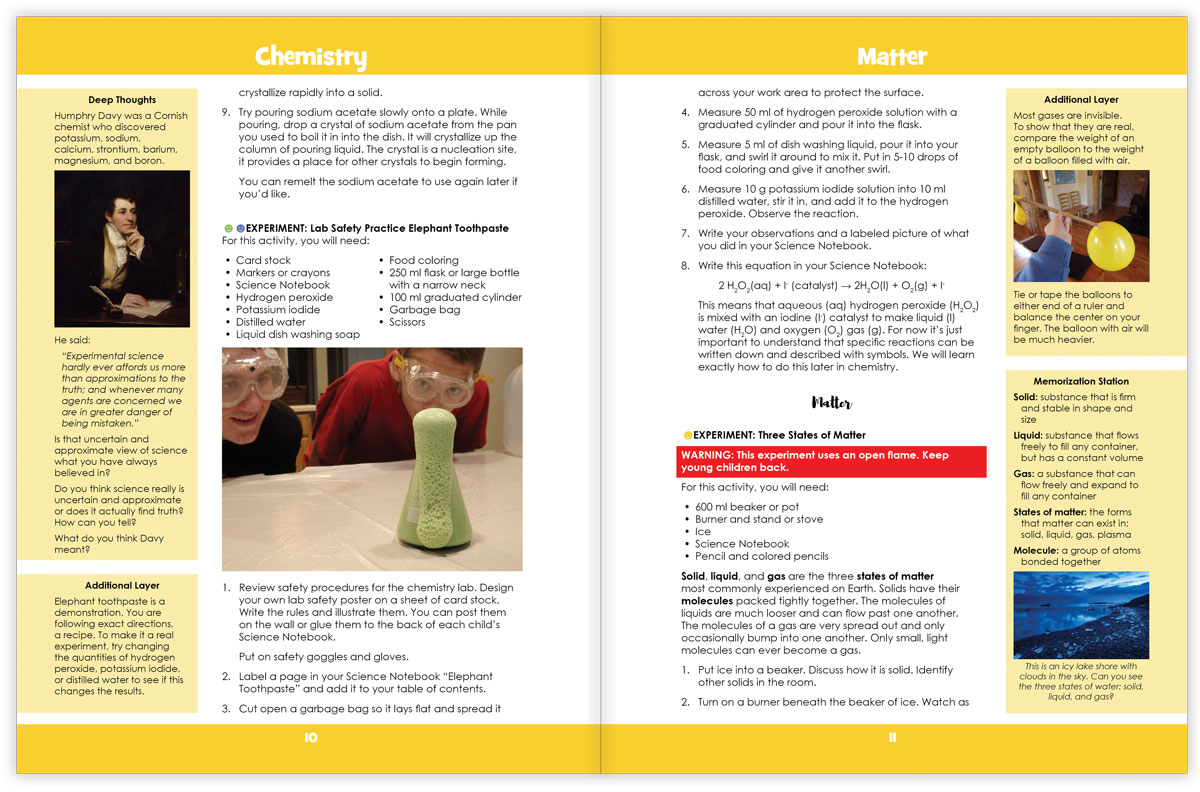
Learn more about how Layers of Learning works.
What’s In This PDF Set?
Chemistry includes nine individual month-long units including:
- Matter – lab safety, states of matter, atoms
- Elements – periodic table, properties of elements, radioactivity
- Bonding – chemicals bonds, ionic bonds, covalent bonds, moles, naming chemicals
- Reactions – chemical changes, rates of reactions, writing chemical equations, types of reactions
- Solutions – mixtures, water, precipitates, properties of solutions
- Gases – synthesizing gases, gas laws, stoichiometry
- Acids & Bases – what are acids and bases, the pH scale, reactions, buffers
- Oxidation & Reduction – moving electrons, types of redox reactions, more redox reactions
- Carbon – chains and rings, molecule of life, polymers
Lab Equipment
The first unit, Matter, has a list and explanation of lab equipment used in this course. There are some household substitutions you can sometimes make for traditional glassware, such as canning jars or disposable plastic cups. When it is appropriate individual experiments indicate possible substitutions.
Links to products below are affiliate links.
At a bare minimum you must have proper measuring equipment to do these labs. That includes an electronic balance accurate to two decimal places, a 100 ml graduated cylinder for liquids, and an alcohol or digital thermometer.
You also must have proper safety gear for every person who is in the lab area. This includes safety goggles or glasses and gloves. You should also have a fire extinguisher on hand.
Additional equipment includes these items:
- 6 250 ml glass beakers
- 2 600 ml glass beakers
- 1 250 ml Erlenmeyer flask with stopper
- 1 burner and stand
- 1 funnel
- 1 pack of filter paper
- 1 glass stirring rod
- 6 test tubes with stoppers
- 1 test tube stand
- 1 ring stand and clamp
- 1 dropper
- 1 package wooden splints
Chemicals
Many of the experiments in Chemistry use household chemicals like baking soda and Epsom salts, but every unit also has specialized chemicals that you will need to buy from a science supplier. We recommend Home Science Tools as a source if you live in the United States.
In the first unit, Matter, there is a list of all the chemicals used in these labs with an indication of which units they are used in.
A Layers of Learning Science Lesson
Each Exploration or Experiment in the units is written as a complete lesson plan. It will direct you to books to read, videos to watch, projects to craft, experiments to perform, and discussions to have. The units are clear full of Explorations to choose from, and you won’t have time for them all. This is a pick-and-choose curriculum.
Besides the science lesson for the day, the units are lined with sidebars that direct you to discussions, books, famous people, interesting facts, writing ideas, and more.
You will also see a Library List at the beginning and a Show What You Know section at the end that will help you create assessments or tests based on your individual learning.
Reusable and for All Ages
These units books are for the mentor, not to hand to the student. They are supposed to be used repeatedly. Since this is a pick-and-choose curriculum, you do some of the experiments and explorations and save others for later on. If you follow the four-year cycle, you will progress through Earth & Space, Biology, Chemistry, and finally Physics over the course of four years. Then you will cycle back to Earth & Space in the fifth year when your kids are older and learning at a higher level. In all, you may use this book three times with your child.
The Chemistry units contain lessons ranging from mixing baking soda and vinegar to practicing stoichiometry. There are plenty of concepts for little kids and plenty to challenge high schoolers. Most lessons are meant to be taught to many ages, from 6-year-olds clear up to seniors in high school. Each age group gets the same Exploration or Experiment and principles, but they learn on the level they are ready for. Books from your library and videos from the YouTube playlists customize the learning for each age.
Extra Resources
YouTube playlists and links to helpful websites are all assembled and ready for you to access on the Chemistry Resources page.
If you are printing the PDF course, you may want a printable Chemistry cover for your binder.
Printable Packs
Chemistry also includes printables for every unit. These are worksheets or paper crafts for the students. The Printable Packs are available as a digital PDF download and come with your purchase on your receipt.
Also Sold As Individual PDFs
The Chemistry course also comes as individual PDF units you can purchase one-by-one as you go. The individual PDFs are exactly the same content as the units that are included within the paperback or PDF Chemistry book. It’s like buying the course chapter by chapter in a digital format.

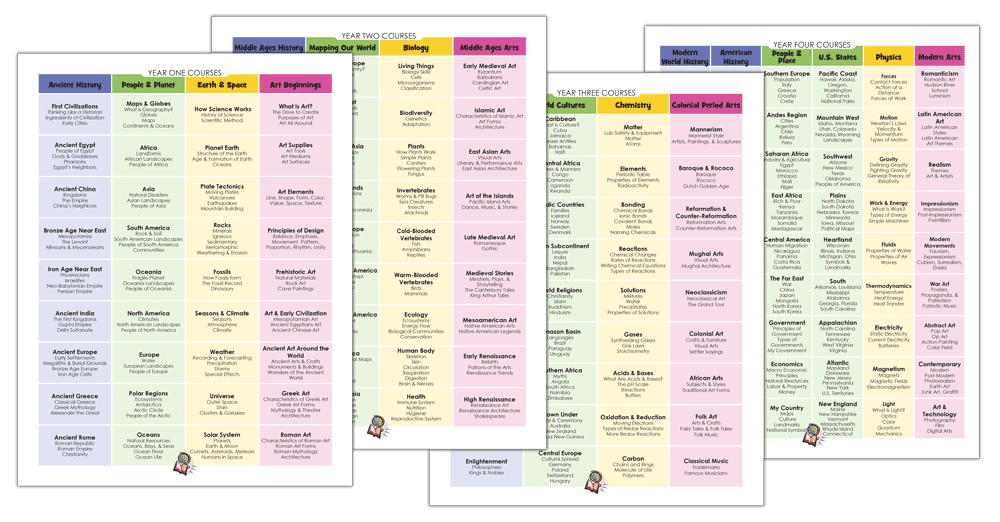
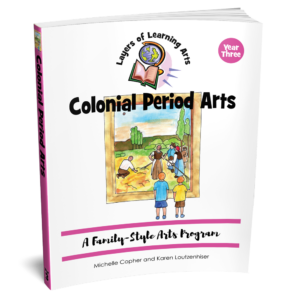
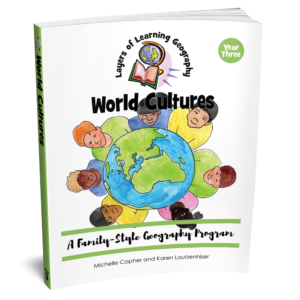
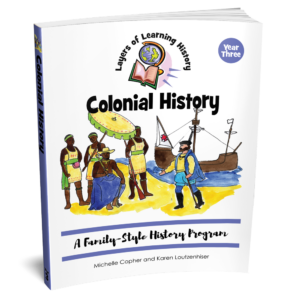
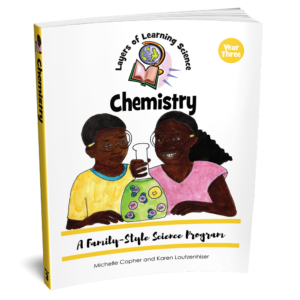
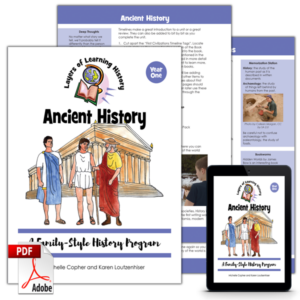
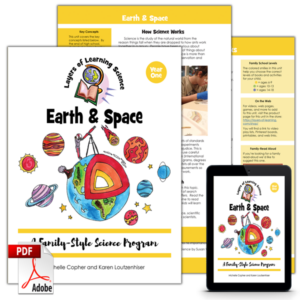
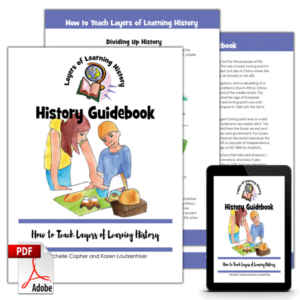
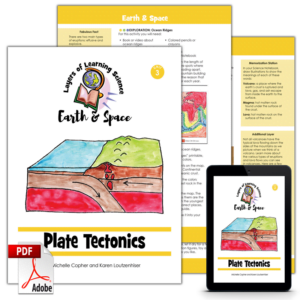
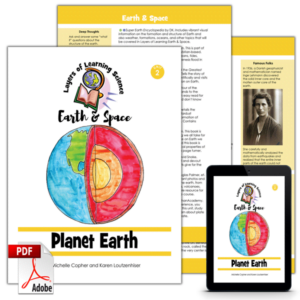
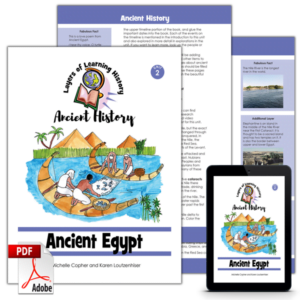
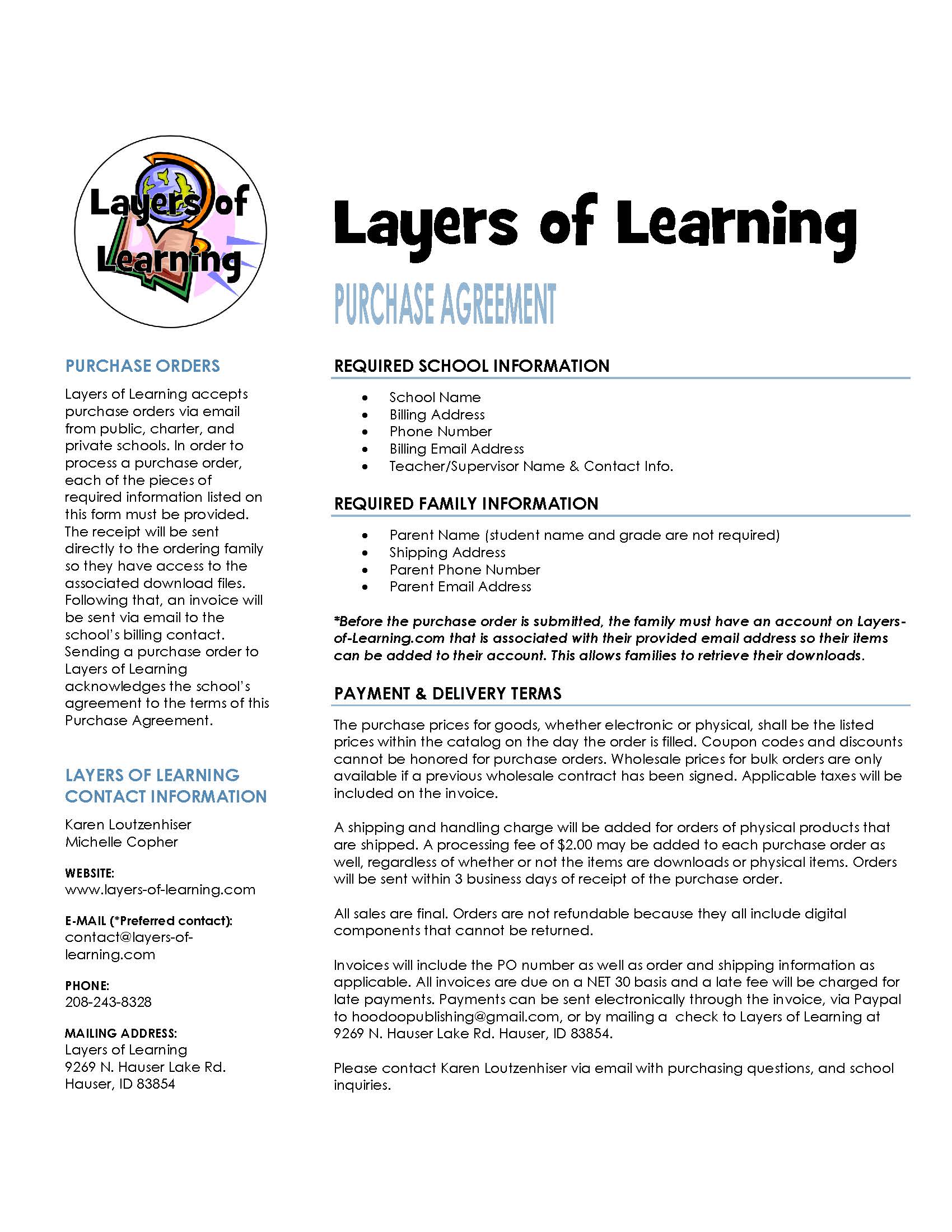
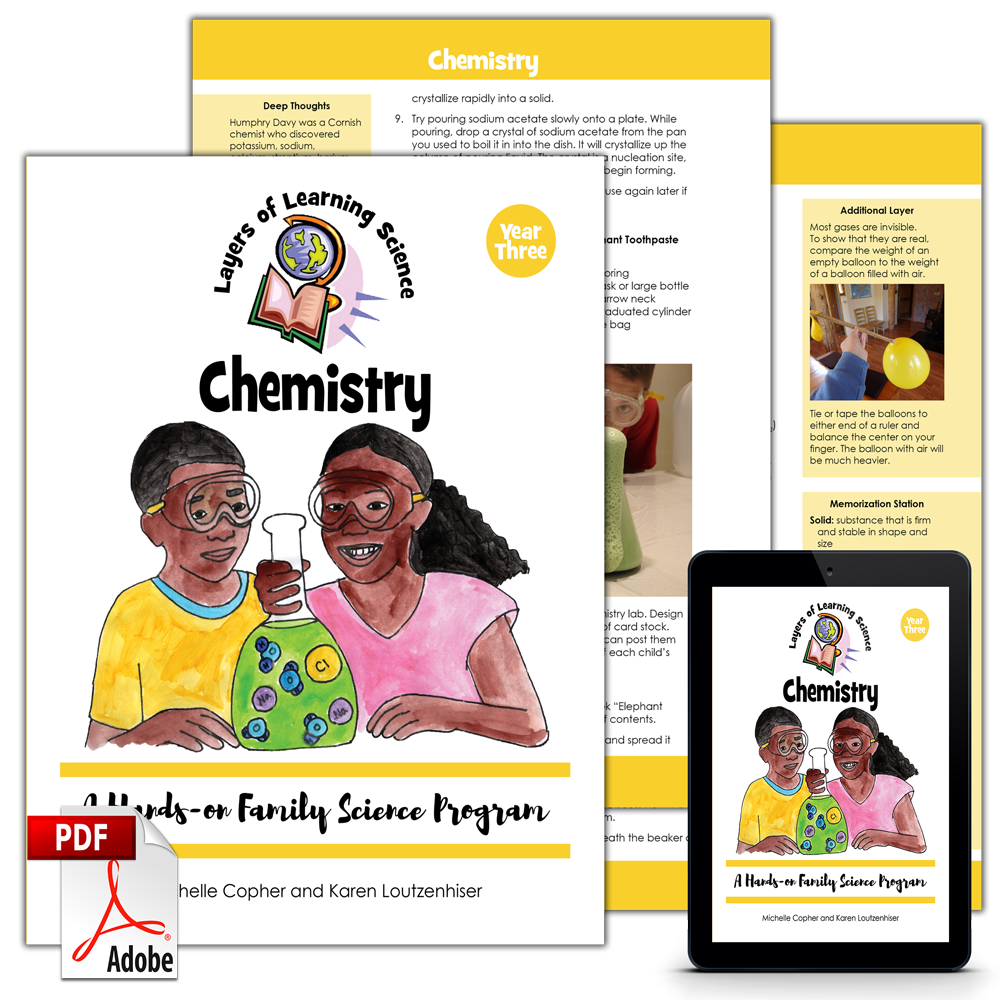
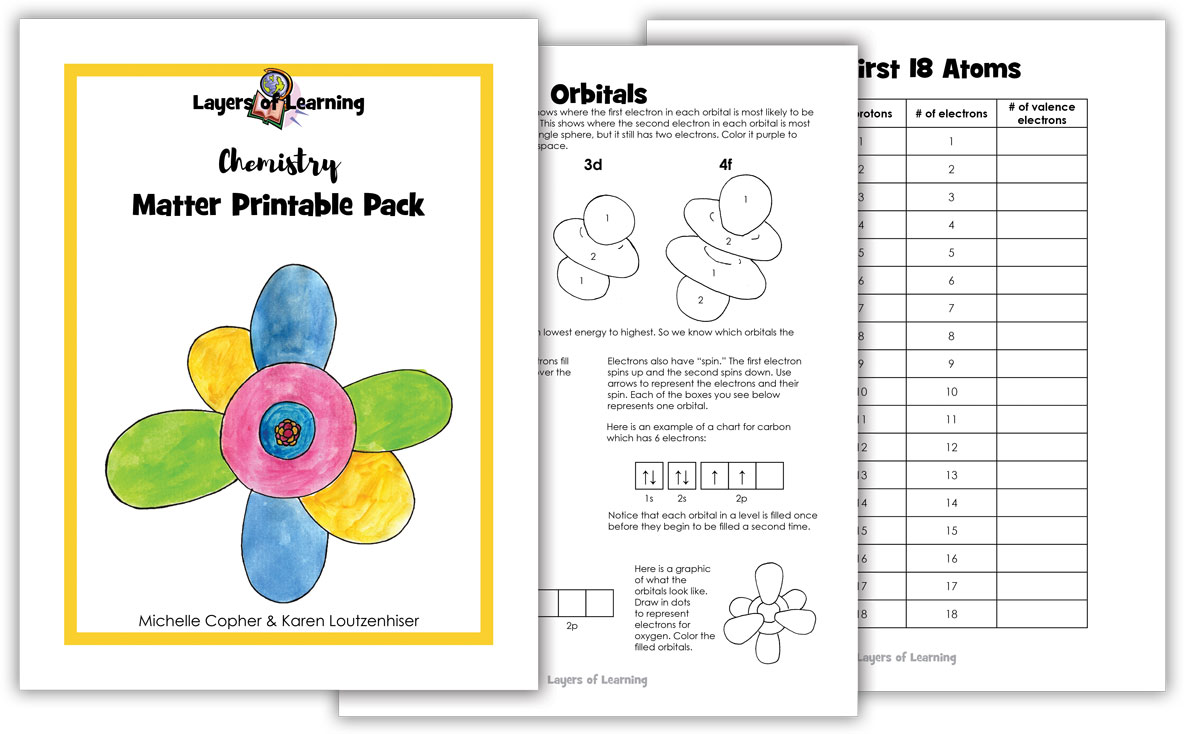
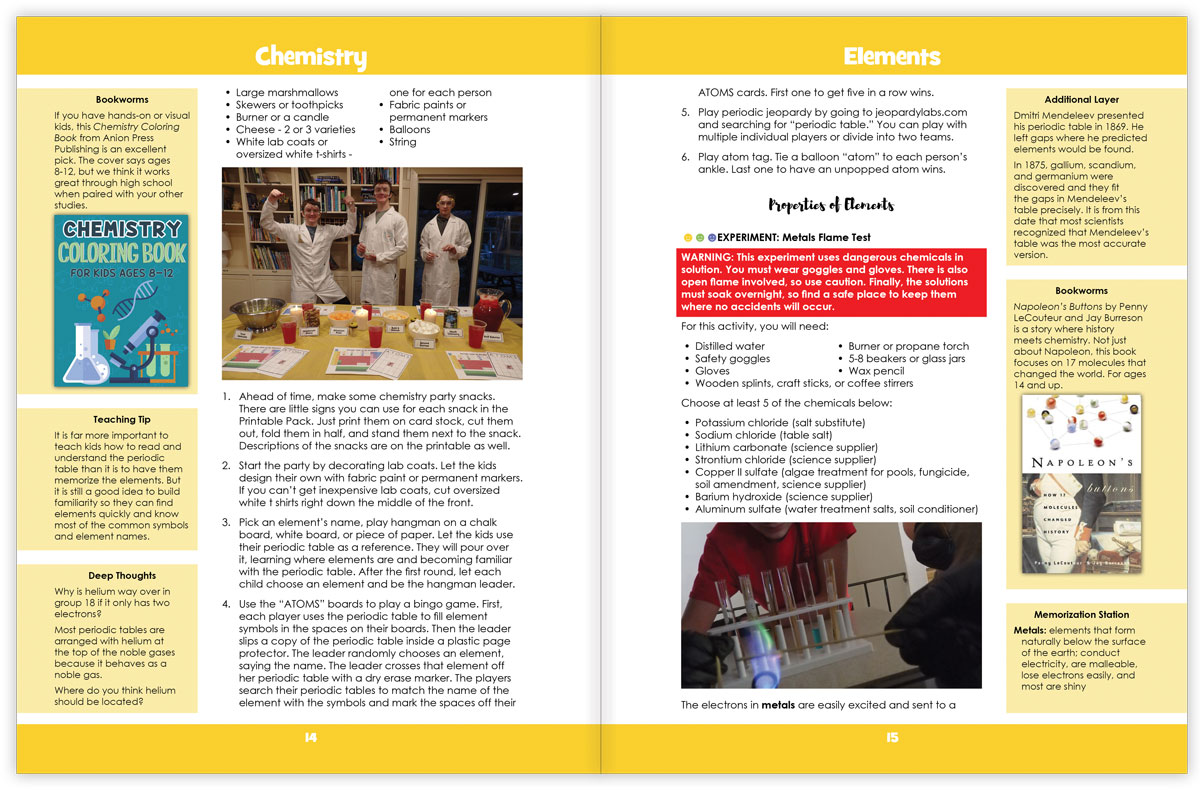
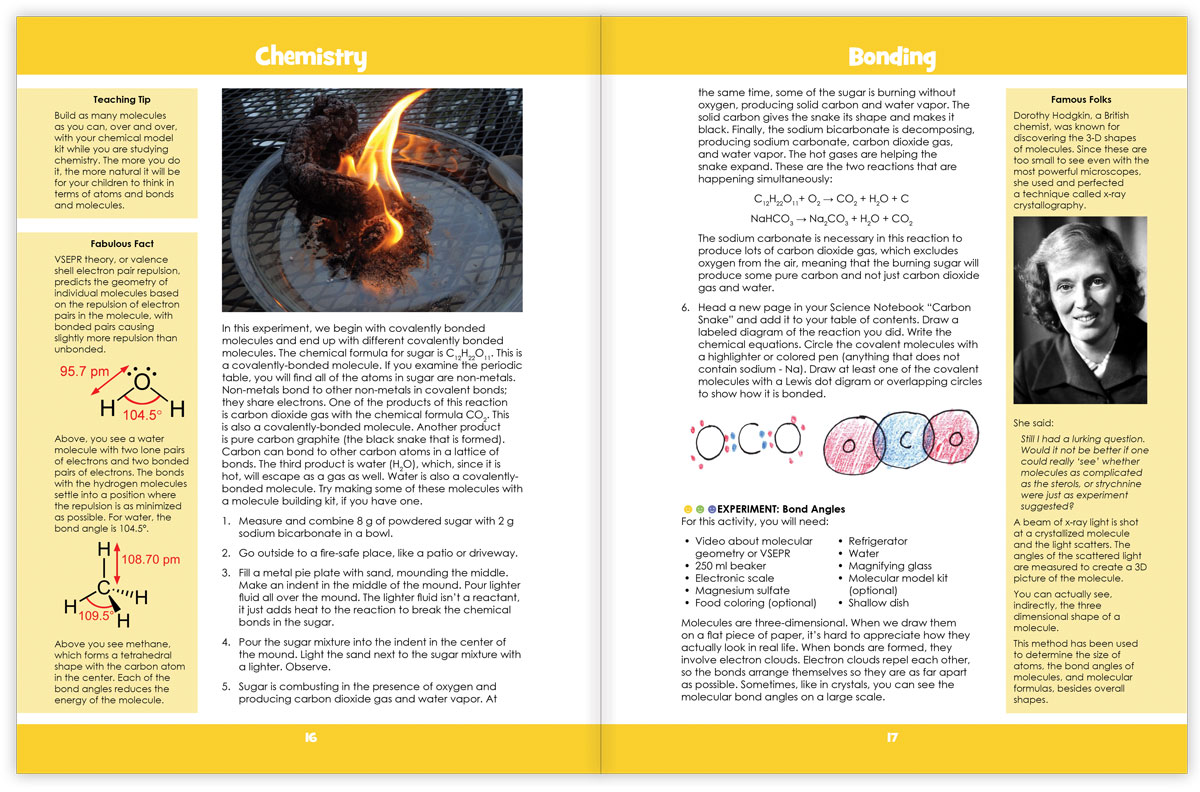
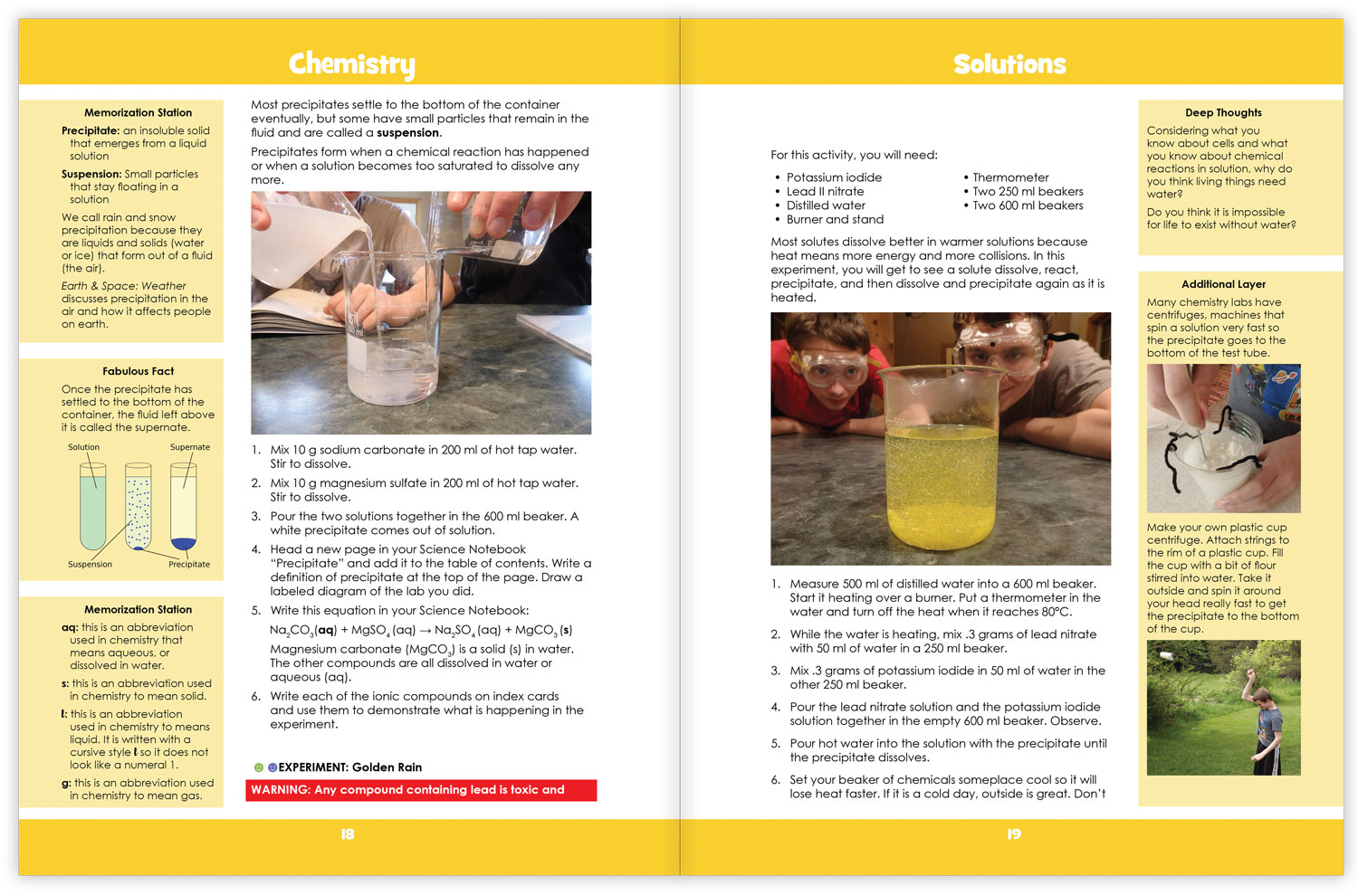
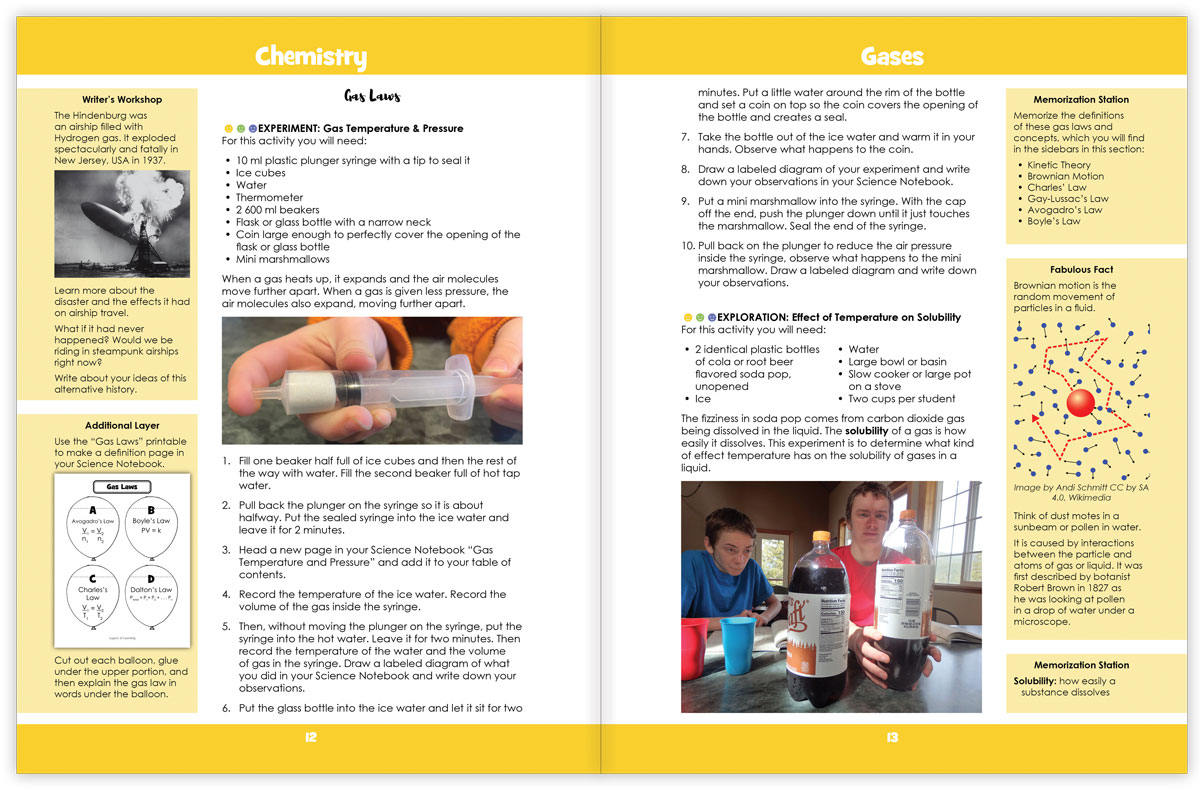
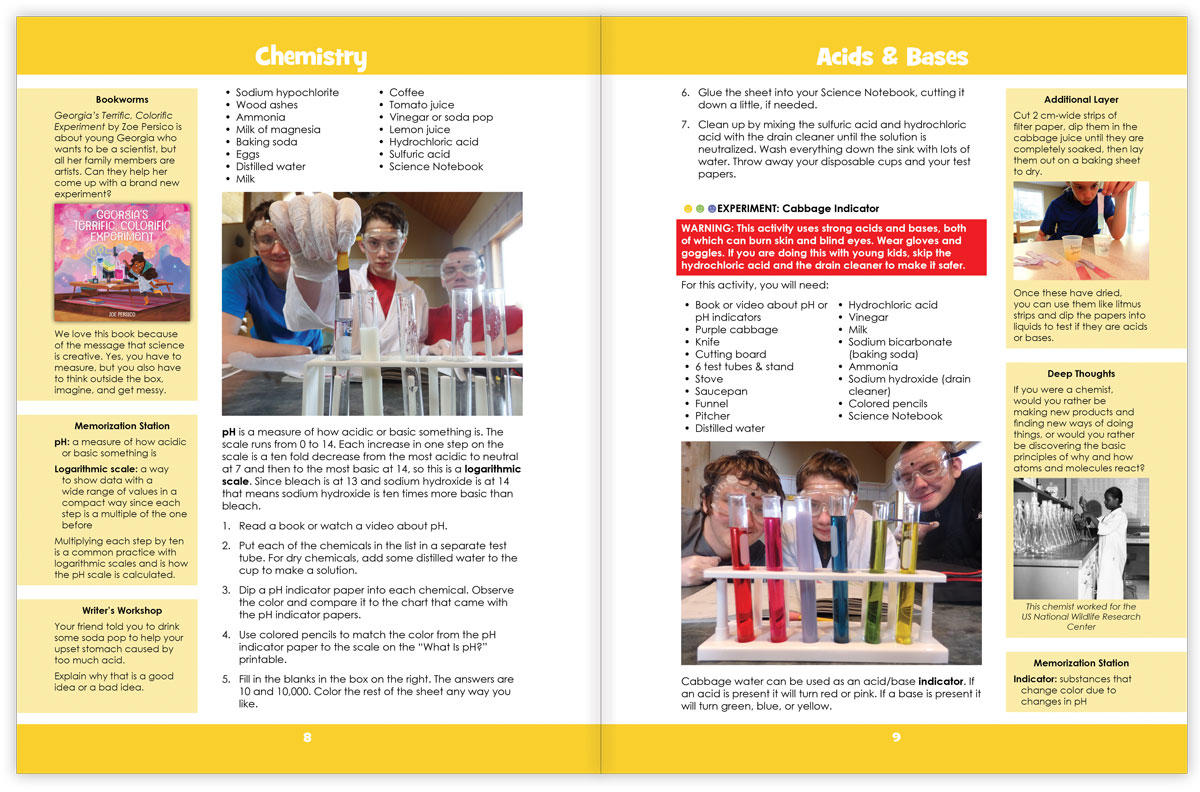

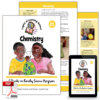
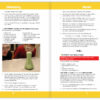
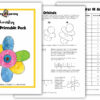
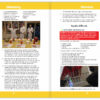
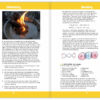
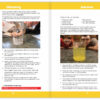
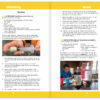
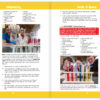
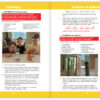







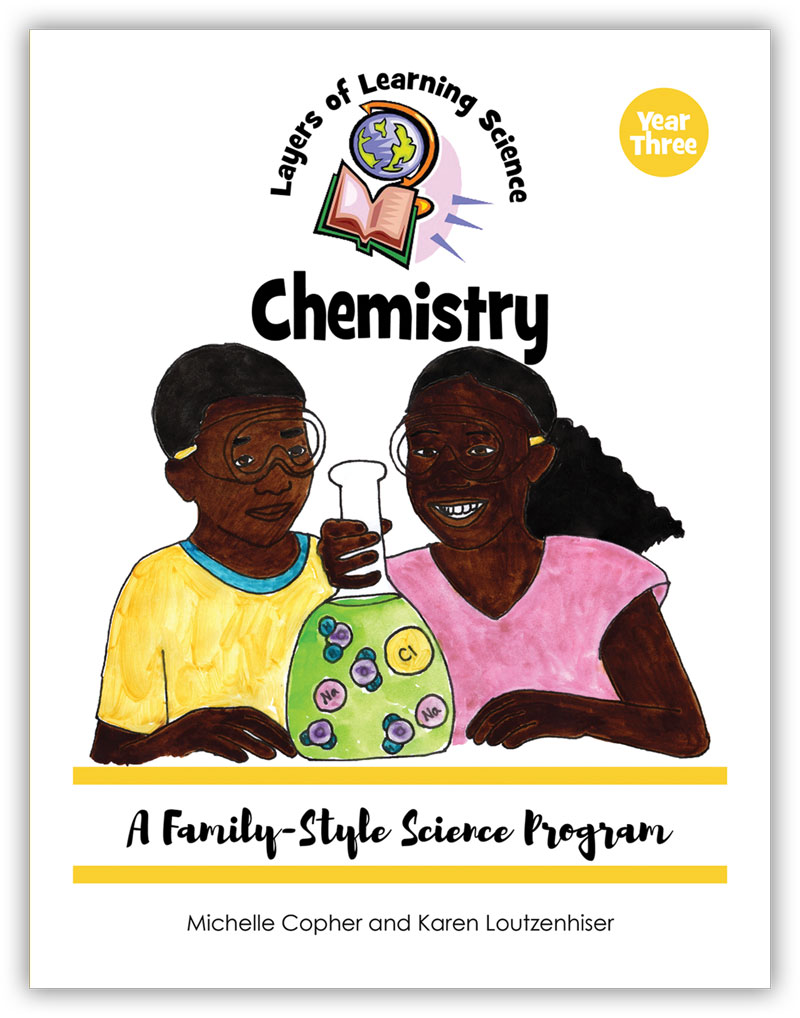
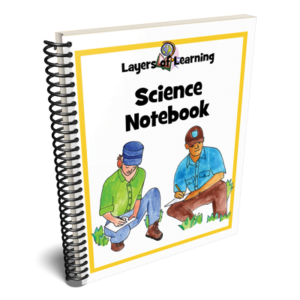
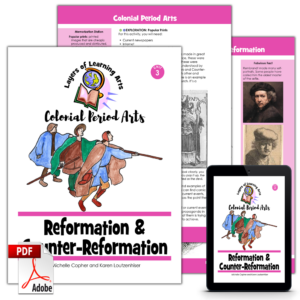
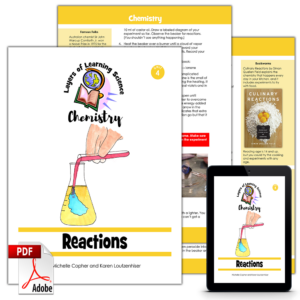
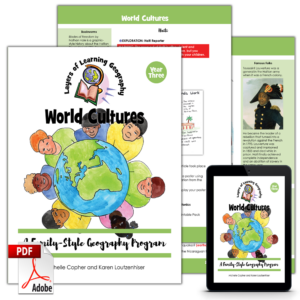
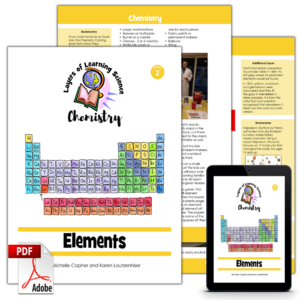
Reviews
There are no reviews yet.